
29 Jan Genealogy- Newsletter- January 25, 2025
Contents
- 1 GENEALOGY- WITH THE SUPER BOWL COMING, WE WONDERED WHICH PRESIDENTS HAD PLAYED FOOTBALL?
- 2 GENEALOGY- AN UPDATE ON OUR LOCAL CASTLE
- 3 GENEALOGY- MY TELEPHONE POLE TREE BRANCH
- 4 GENEALOGY- THE ANABAPTISTS AND BEHALT
- 5 GENEALOGY- SO, WHAT’S THE REAL STORY- PART V
- 6 GENEALOGY- MORE ABOUT BRECKENRIDGE
- 7 GENEALOGY- DUAL CITIZENSHIP AND OUR FIRST LADIES
- 8 GENEALOGY- WHAT ABOUT YOUR DESCENDANTS KNOWING ABOUT YOUR ANCESTORS?
- 9 GENEALOGY- THE MARQUIS CLAN
 GENEALOGY- WITH THE SUPER BOWL COMING, WE WONDERED WHICH PRESIDENTS HAD PLAYED FOOTBALL?
GENEALOGY- WITH THE SUPER BOWL COMING, WE WONDERED WHICH PRESIDENTS HAD PLAYED FOOTBALL?
Dwight D. Eisenhower (Army): Before he went on to his military career and then the Presidency, Ike served as both a running back and linebacker in the Army, starting on both sides of the ball. Dwight Eisenhower said, “Not making the baseball team at West Point was one of the greatest disappointments of my life, maybe my greatest.” However, that disappointment led him to make the West Point football team (pictured below left), where he was a varsity starter as both running back and linebacker and tackled the famous Jim Thorpe of the Carlisle Indians.
John F. Kennedy (Harvard): Kennedy wasn’t the only member of his family to play football at Harvard, as Robert and Edward Kennedy did. Unlike his brothers, though, John never really played. JFK never made it past the JV, thanks to illness and injuries. All his gridiron glory came on the front lawn with the family. John Kennedy played football at Harvard, but unlike his brothers, who all excelled at the sport (both Robert & Edward were Harvard football lettermen). Despite his physical ailments, JFK remained as active as possible in sports, often participating in touch football games with his family and friends. This might have led him to create one of his most famous quotes: “We do not want our children to become a generation of spectators. Instead, we want each of them to participate in a vigorous life.
Richard Nixon (Whittier College): Like Kennedy, Nixon never played at Whittier College in California, but at least he was on the team. He just served as a reserve tackle. Now, think about that for a moment. I know Whittier isn’t precisely an SEC school, but Richard Nixon, who was 5-foot-11 and weighed 175 pounds, played tackle. Most kickers are more significant than that nowadays (pictured below).
Gerald Ford (Michigan):. Not only did Ford play at Michigan, but he was also an MVP for the Wolverines after being named all-state in high school. He also had offers to go pro following college but instead chose to coach at Yale while attending law school there. Then he ended up as President, which probably doesn’t happen if he signs with the Green Bay Packers. Instead, Gerald Ford was all-state at South High School in Grand Rapids, MI, and became an MVP for the University of Michigan (even playing against the Chicago Bears as a member of the 1935 collegiate all-star team). After turning down several pro-football offers (including one from the Green Bay Packers), Ford took a coaching position at Yale and applied to its law school (pictured top). Genealogy.
Ronald Reagan (Eureka College): Reagan played at tiny Eureka College in Illinois but wasn’t a revelation on the field. He was a lineman at Eureka College in Illinois, but his more well-known football connection is for portraying Notre Dame football great George Gipp in the 1940 film Knute Rockne. All-American, Reagan was named “Gipper” and used the real George Gipp’s famous line “Just win one for the Gipper” as he ran for the presidency. He was George Gipp in Knute Rockne All American. How would we have known to win one for the Gipper without him? (pictured bottom center).
Donald Trump (New York Military Academy): Trump was a three-sport athlete at New York Military Academy and played on the football team for one year
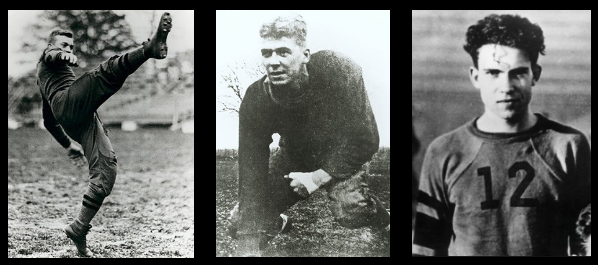
 GENEALOGY- AN UPDATE ON OUR LOCAL CASTLE
GENEALOGY- AN UPDATE ON OUR LOCAL CASTLE
In August 2022, I wrote about the beautiful Trolle Ljungby Castle, situated between the homes of my Nilsson/ Nelson Great-Great Grandparents.
Trolle Ljungby Castle
Here is an update on the castle from about a year ago:
Hans-Gabriel Trolle-Wachtmeister, landowner and count, died on 9 November 2023. He lived to be 100 years old.
Trolle Ljungby may be Skåne’s most beautiful castle, with traditions from the 1400s, gardens, and moats. It is also one of Sweden’s last fideikommisses, cared for by tweed-clad gentlemen.
Given his background, Hans-Gabriel Trolle-Wachtmeister’s start in life was the expected one: son of a first court forester, a student in Sigtuna, cavalry master in the cavalry reserve, an agricultural school, commercial institute, and heir to the fideikommisset.
As he was called in his circle of friends, HG married Alice Tornérhjelm (the couple pictured above) from another Skåne castle, an energetic woman who built her career. She was the one who ruled with the King and Queen at the Palace, where from 1974 and for 41 years onwards, she bore the titles of lady of state and lady of the wait. She checked trade delegations and press people during the king’s state visits to foreign countries.
She was called Pansar-Alice and was said to be the person he had the most respect for in the king’s vicinity. She died six years ago.
Trolle Ljungby became a limited company, and Trolle-Wachtmeister became its CEO. He was also active in several other companies: Export Invest, Kema Nobel, Stora Papyrus, Stora Nymölla, SEB Kristianstad, and Sågverksintressenter, in many of them as chairman. He became very wealthy.
The estate on the border between Skåne and Blekinge has an area of 12,000 hectares and a turnover of SEK 70 million. It has 35 employees and has received annual EU support of approximately SEK 5 million.
But all was not peace and joy. Typical was the local newspaper Kristianstadsbladet’s news evaluation after the news of his death. The count’s death at an advanced age was not the main news. Instead, it was the question: Who inherits? Does the trust expire? What happens to the ground? How are the farmers who lease the castle doing? The headline on the first page read: “The future of Trolle Ljungby uncertain after the count’s death.”
The Trolle-Wachtmeisters had no children. Therefore, they were faced early on with the question of what would happen to the vast estates and fiduciary commission, in which the property was inherited from father to eldest son when HG died.
Hope was placed on his brother Knut’s grandson, Carl-Fredrik Wachtmeister, who had studied economics in Lund and attended an agricultural school for a year. He moved into the “Little Castle” at Trolle Ljungby, became deputy CEO of the company with responsibility for operations, and then CEO. He had also attended painting school and hoped to work as an artist alongside owning the land. “There is a lot of room for a studio at Trolle Ljungby,” he said.
Things got tough with the tenants when Trolle-Wachtmeister wanted to increase the rents by 42 percent for farmers who had farmed the land at Trolle Ljungby for generations. However, the Court of Appeal limited the increase to 10 percent. The conflict was portrayed in a documentary film in 2013. Genealogy.
There was also conflict over the hunt for the property. HG leased the hunting rights with world-famous golden bucks, fallow game, muffles, and wild boar to the estate hunter, who wanted to run the hunt in his own company. But CEO Carl-Fredrik had other plans and protested. It was a split between HG and the younger relative, who had different visions of the farm’s future, including an investment in organic farming.
So, at 96, Trolle-Wachtmeister fired the intended heir, and a new CEO, the estate’s retired inspector Per-Inge Pålsson, was appointed. The 74-year-old Kirstine von Blixen-Finecke, who succeeded the count’s wife Alice as head waitress at the Royal Court, was called to the board, and the wealthy businessman Claës Wachtmeister – nephew of HG and father of the rejected Carl-Fredrik – was given the role of heir to Trolle-Ljungby.
When Hans-Gabriel Trolle-Wachtmeister’s will was opened, it became clear that the trust went to the grave with the count. The total value of the count’s assets at his death has been estimated at over two billion kronor. The movable property at the castle alone is valued at almost 50 million.
 GENEALOGY- MY TELEPHONE POLE TREE BRANCH
GENEALOGY- MY TELEPHONE POLE TREE BRANCH
I have written about cousins marrying cousins, or the technical term Endogamy. My mom has the same North Carolina Quaker ancestors, James and Mary Morgan Perisho, as her ancestors three times within her tree, but they were born about 400 years before her. Nevertheless, my dad used to tease my mom about her melded branches.
My dad got quiet when I found that, only 200 years later, he had Virginia/Pennsylvania Presbyterian ancestors Thomas Marquis and Mary Colville four times in his tree. Their springhouse is pictured above.
My dad’s maternal grandfather, James Wylie Park (pedigree chart below), Marquis, was three of his four grandparents’ surnames. In fact, of his 16 Great-Great Grandparents, four were named Marquis, two were named Vance, and six were named Colville. That’s because there were two Mary Colvilles, one who married Thomas Marquis and another who married William Vance, whose daughters Nancy and Elizabeth married Marquis men. The two Mary Colvilles were third cousins.
As a genealogist, I could view it as a look at the time my ancestors saved me in research by marrying within the family or how many potential ancestors I was deprived of researching them because they did. Fortunately, they kept good records, as there is no way genetic genealogy could have sorted this out.
Here are two of the records: A descendant, the Reverend John Stevenson, authored the “Genealogical Record of the Marquis Family” in 1864, and Edna Marquis Howard transcribed “The Marquis family Record,” on which Rev. John S. Marquis was working when he visited the Marquis family in Aledo, IL before he died in 1893.
Royal and noble families practiced endogamy for centuries as it was the easiest way to keep power, money, and titles in the bloodline. One concern was the number of congenital disabilities due to the concentration of mutant DNA (not the words they would have used).
The Marquis family had no power, money, or titles, even though their name was a title. Genealogy.
While I don’t know how many Marquis cousins married Marquis cousins throughout history, the Marquis chapter on my direct family (parents and children) uses the word cousin 25 times. I can’t imagine that; if I followed all of the lines further, how many Marquis’ would have married another Marquis cousin. As many nobles in European history titled marquis married marquesses, Google isn’t helpful.
The Marquis’ family trees included mathematical and musical geniuses and children labeled in the census as idiots, similar to the royal experience. One showed his poetic skills when he wrote the saga of the Marquis clan, which I placed at the bottom of the newsletter due to its length.
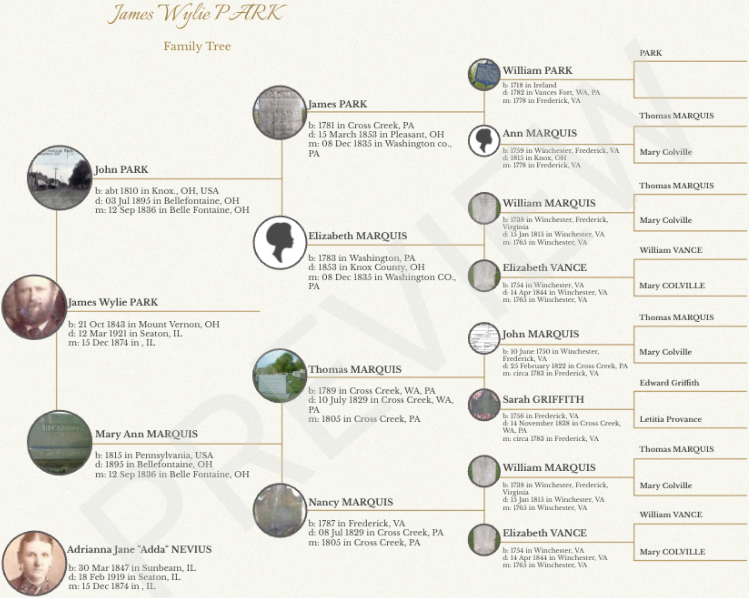
 GENEALOGY- THE ANABAPTISTS AND BEHALT
GENEALOGY- THE ANABAPTISTS AND BEHALT
Last year we visited the Amish and Mennonite Heritage Center in Berlin, OH. Located there is Behalt, a 10-by-265-foot cyclorama painted by Heinz Gaugel in the late 20th century. The name comes from the German word behalten: to hold onto or to remember.
The work illustrates the heritage of the Amish and Mennonite people from the beginnings of Christianity. The Columbus Dispatch said it was the “Sistine Chapel of the Amish and Mennonites”. One of four existing cycloramas in the US and one of only 16 in the world, Behalt is the only existing cyclorama painted by a single artist.
Anabaptists view themselves as a separate branch of Christianity, not being a part of Catholicism, Protestantism, Oriental Orthodoxy, or Eastern Orthodoxy. Anabaptist beliefs were codified in the Schleitheim Confession in 1527, which best represents the beliefs of the various denominations of Anabaptism (inclusive of Mennonites, Amish, Hutterites, Bruderhof, Schwarzenau Brethren, River Brethren, and Apostolic Christians).
Anabaptist denominations, such as the Mennonites, teach that “true faith entails a new birth, a spiritual regeneration by God’s grace and power; ‘believers’ are those who have become the spiritual children of God.” In Anabaptist theology, the pathway to salvation is “marked not by a forensic understanding of salvation by ‘faith alone’, but by the entire process of repentance, self-denial, faith rebirth, the heart having new love, which led to obedience.” Those who wish to tarry this path receive baptism after the New Birth. Anabaptists heavily emphasize the importance of obedience in the salvation journey of a believer.
As a whole, Anabaptists emphasize adherence to the beliefs of early Christianity and are thus distinguished by their keeping of practices that often include the observance of feet washing, the holy kiss, and communion (with these three ordinances being practiced collectively in the love-feast in the Schwarzenau Brethren and River Brethren traditions), Christian head-covering, nonconformity to the world, nonresistance, forgiveness, and sharing possessions, which in specific communities (as with the Bruderhof) takes on the form of communal living.
My wife has a couple of Anabaptist ancestors, one of them being Edward Starbuck, one of the founders of Nantucket Island. We discussed some of the Starbuck family back in 2023 Starbucks
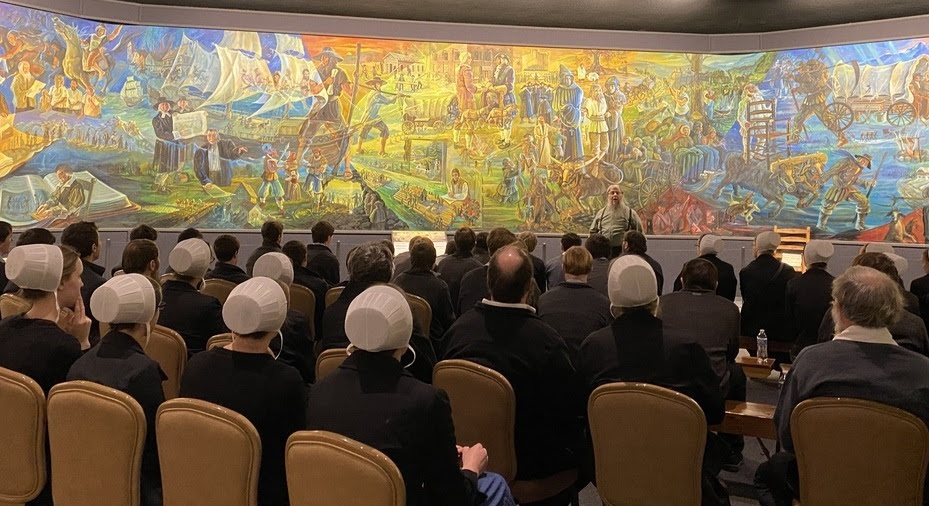
 GENEALOGY- SO, WHAT’S THE REAL STORY- PART V
GENEALOGY- SO, WHAT’S THE REAL STORY- PART V
Continuing with Henry Smith-
Here’s the legend:
According to legend, Henry was best friends with the writer Jack London. By age 15, they had made a pact to run away by ship. Jack then wrote the “Call of the Wild” and many other adventures from his travels. Jack gave Henry the first copy of the book, which has since been lost.
Here’s the story:
Henry was four years older than Jack. It appears Henry headed to sea at age 17 in 1888.
In 1889, Jack began working 12 to 18 hours at Hickmott’s Cannery. Seeking a way out, he borrowed money from his foster mother Virginia Prentiss, bought the sloop Razzle-Dazzle from an oyster pirate named French Frank, and became an oyster pirate himself. In his memoir, John Barleycorn, he claims also to have stolen French Frank’s mistress Mamie.
After a few months, his sloop became damaged beyond repair. Jack was hired on as a member of the California Fish Patrol (there is a fish and CHIPS joke in there somewhere). In 1893, he signed on to the sealing schooner Sophie Sutherland, bound for the coast of Japan.
The likely overlaps in time, when Henry and Jack would have had time to build and enjoy a friendship, would have been from 1885 (Henry would have been 13, Jack 9), when his parents moved from Baltimore to San Francisco, to 1888, when Henry went to sea at 17, and Jack was 13, a three-year window.
Henry was at sea until 1909, when he returned to San Francisco, where his son Ted was born. By then, Jack was living in Sonoma at his Beauty Ranch.
The Call of the Wild was written in 1903, so Jack (pictured above in 1903) would have had to hold on to a first copy of the book until 1909 to give to Henry. A signed first edition has sold for as much as $20,000.
Jack did have a friend named Henry Smith (a common name) who owned the Wolf Creek Inn in Oregon, where Jack wrote Valley of the Moon in 1913.
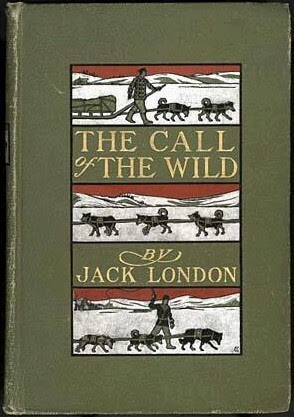
 GENEALOGY- MORE ABOUT BRECKENRIDGE
GENEALOGY- MORE ABOUT BRECKENRIDGE
The town of Breckenridge, Colorado, is named after multiple people, and a few name changes mark the town’s history:
The town was originally named after Thomas Breckenridge, a prospector who participated in the 1845 and 1848 Fremont expeditions.
The town was later renamed to honor John Cabell Breckinridge, the 14th vice president of the United States, whom we covered in the last edition Vice President John C. Breckinridge. The town’s founder, George E. Spencer, changed the spelling to honor Breckinridge in the hopes of gaining a post office. The town received a post office in 1860, the first between the Continental Divide and Salt Lake City.
Later, the name was changed to the original spelling, ahead of the movement to remove recognition of Confederate leaders.
 GENEALOGY- DUAL CITIZENSHIP AND OUR FIRST LADIES
GENEALOGY- DUAL CITIZENSHIP AND OUR FIRST LADIES
Our dual citizenship work is sometimes made more challenging by our ancestors’ going out of their way to diminish their origins to better fit into the new life in America. So, instead of only establishing a line of descent and determining naturalization efforts, we must also undo the fabrication they created to assimilate into America.
Some noise has been made recently with the election, and the focus on immigration dual citizenship could be at risk. One fact that makes that unlikely is that Melania and Barron Trump have dual citizenship in Slovenia.
According to a Washington Post report, Melania Trump obtained US citizenship on a visa reserved for immigrants with “extraordinary ability” and “sustained national and international acclaim.”
Nicknamed the “Einstein Visa,” the EB-1 is, in theory, reserved for highly acclaimed people in their field—the government cites Pulitzer, Oscar, and Olympic winners as examples—as well as respected academic researchers and multinational executives.
Mrs. Trump began applying for the visa in 2000 when she was Melania Knauss, a Slovenian model working in New York and dating Donald Trump. According to the Post, she was approved in 2001, one of just five people from Slovenia to win the coveted visa that year.
Becoming a citizen in 2006 gave her the right to sponsor her parents, Viktor and Amalija Knavs, who are now in the US and applying for citizenship.
The only other first lady not born in the U.S. was John Quincy Adams’ wife, Louisa Johnson, portrayed below in a portrait by Charles Bird King, c. 1821–1825. She was born in England to an American father and a British mother, but her family had strong ties to America. Her uncle Thomas Johnson signed the Declaration of Independence and was later governor of Maryland. He is portrayed below by Charles Willson Peale. Her father was appointed as the American consul to Britain.
Even though Louisa became Americanized, she was one of the most traveled ladies of her day. At the same time, her husband went abroad. She moved with him to his diplomatic posts in Prussia and Russia. In a 2014 survey, Adams and her husband were ranked 19th out of 39 first couples in terms of being a “power couple.”
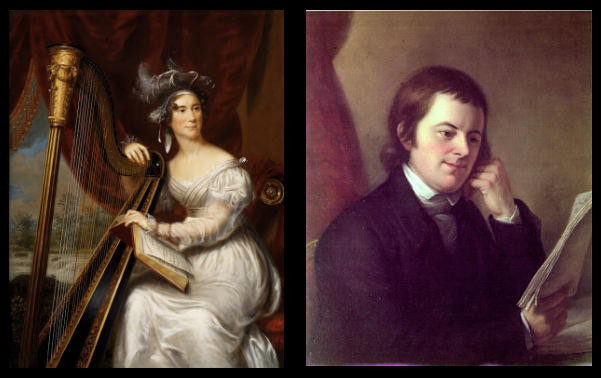
 GENEALOGY- WHAT ABOUT YOUR DESCENDANTS KNOWING ABOUT YOUR ANCESTORS?
GENEALOGY- WHAT ABOUT YOUR DESCENDANTS KNOWING ABOUT YOUR ANCESTORS?
Reach out to Dancestors Genealogy. Our genealogists will research, discover, and preserve your family history. No one is getting any younger, and stories disappear from memory every year and eventually from our potential ability to find them.
Preserve your legacy and the heritage of your ancestors.
Paper gets thrown in the trash; books survive!
Ready to embark on your family history journey? Don’t hesitate. Call us at 214-914-3598, and let’s get your project started!
GENEALOGY- THE MARQUIS CLAN
Down in old Virginia, that’s where I’d like to be
roaming thru the hills and valleys to see what I could see,
histories have been written of Virginia, you can read them in the books;
That’s why I’d like to tramp around and see how the country looks.
To the wilds of old Virginia came the settlers long ago;
stout-hearted men and women as all the records show.
Came Major Marquis Calmers, the sturdy Hugenot, the Marquises, Colvilles, Vances, with others cast their lot; came the Smiths, the Whites, the Jones’, plain homely names ’tis true,
Logens, Hoges, Hites and Griffiths-there was a Morgan too.
These hardy pioneers who feared not toil and labor, they built their houses, tilled the soil and welcomed each new neighbor.
They built their church, worshiped God and kept their powder dry; For oft was heard the Indian whoop, the stealthy panther’s cry.
They had not the dainty food the common people now afford, but game corn bread, and hominy was smoking on the board.
These Virginia pioneers, the best in them they gave; some have head-stones with their names,
some rest in unmarked graves.
We honor the memory of these fearless pioneers they left a priceless heritage to gladden coming years.
On the banks of the Opequean, more than two hundred years ago, was the firs Marquis location; there the clan began to grow.
There was a “Marquis Road” and it was soon well worn; there was also a “Marquis Mill” where
the families ground their corn.
William and his good wife Margaret came from far across the sea to find a new home in this
land of liberty.
We have scant record of their lives, their joys, their hopes,
their fears; we know not when they passed away; all is lost in the mist of years. But this
we do know, they had at least two children; Thomas was the son; daughter Mary wed “Master”
Wilson ere she was twenty-one. Her span of life was all too short and there is no review; A rough-hewn stone marks her grave, she died with babe at twenty-two.
Thomas married Mary Colville; no doubt a busy wife was she, to them was born four sons and
of daughters there were three.
Thomas in his field one day was busy husking corn; it might have been the afternoon, perhaps the early morn; he may have paused to rest himself beneath the fateful tree, when suddenly there came an awful tragedy. Grim death unseen above his head, lurked in a weakened limb; as if at a signal by the hand of fate, the branch crashed down on him.
The widow and the children in this their time of need “ere helped by “Master” Wilson, who was a friend indeed.
In the short space of three years, came another hour of gloom; the seven children sore bereft, saw their mother to the tomb.
Again came “Master” Wilson with comfort and with cheer; he took the orphan children,
kept them together for a year.
Wilson was man of substance, so all the records state; a school teacher and a Christian too, he helped also to educate.
I wish we knew more about his life, this pious faithful man.
An orphan’s son was named for him; he stood high among the clan. Of the lives of the seven orphans, few records now remain;
they thrived, they grew, each found a mate, each left an honored name.
William was the oldest on and soon he caught a maiden’s glance; and soon the parson tied the knot, bound to Elizabeth Vance.
Nature must have smiled on them, for of children there were ten.
When William’s first wife died he sought another mate, and found a widow, Mrs. Edward Hoge,
so family records state two children came to them but only one survived.
James was the second one in wedded life to take a chance; it seems he sought the same family, for he married Mary Vance.
They must have led a frugal life, but certainly did thrive; they
had six girls to feed and clothe, besides their brothers five.
A Revolutionary soldier, John, he was the next in line, he
married Sarah Griffith, and their offspring numbered nine.
This John was a very fleet of foot, as swift as any deer; his
strong limbs saved his scalp-lock more than once when Indians were near.
Thomas was the fourth son, a soldier to was he; he married Miss Jean Park when he was
twenty-three.
They were blessed with eight children, five daughters and three sons;
naught thought they of parents’ cares, they welcomed little ones.
Thomas became a famous preacher; his praise was often sung, his voice as clear as any bell,
they called him “silver-tongue.”
In the Bellefontaine cemetery a plain broad slab we find.
A fitting epitaph would be “He lived to bless mankind.”
Now just count up the cousins, they number thirty-nine;
three times a “baker’s” dozen, some record: I opine.
The sisters of these orphan boys in due time changed their names;
Each got a mate, had children too, became respected Dames.
Sarah chose John Vance for her consort, and my records of close;
’tis written they had a family, how no who knows.
Anne married William Park; their years together were but few;
she was left a widow with two children, Indians killed Park in 1782.
Anne was married later to a man whose name was Isaac Cowen; to them were born five children
and nothing more is known.
Elizabeth became the wife of Daniel McCauley, if my records are correct,
and yea they had nine children, what else could one expect.
Now add sixteen more cousins and we have just forty-five;
small wonder there were inter-marriages in this great cousin hive.
From Virginia northward soon the clan began to stray; many went to Pennsylvania,
some Ohio way. Cross Creek, Pennsylvania, a station on the road, became in time
a village and many there abode.
Joseph Vance there built a fort, about 1772.
Another Vance, some years before, built one in Virginia too.
In Cross Creek village graveyard rest many of the clan today;
I pray all may know each other when life’s mists have cleared away.
The descendants of the seven orphans have spread from sea to sea;
they are indeed the branches of a Most prolific tree.
The Marquis Clan is scatter wide, they’re found in every state;
and one, the author of these lines will now affix his name and date.
Waldo Puss Marquis 421 South Alta Vista Street Monrovia, California July 12, 1934


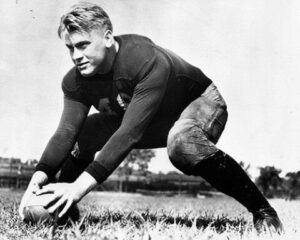 GENEALOGY- WITH THE SUPER BOWL COMING, WE WONDERED WHICH PRESIDENTS HAD PLAYED FOOTBALL?
GENEALOGY- WITH THE SUPER BOWL COMING, WE WONDERED WHICH PRESIDENTS HAD PLAYED FOOTBALL?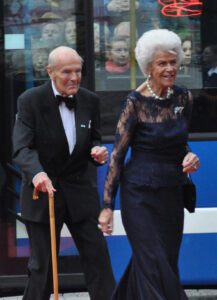 GENEALOGY- AN UPDATE ON OUR LOCAL CASTLE
GENEALOGY- AN UPDATE ON OUR LOCAL CASTLE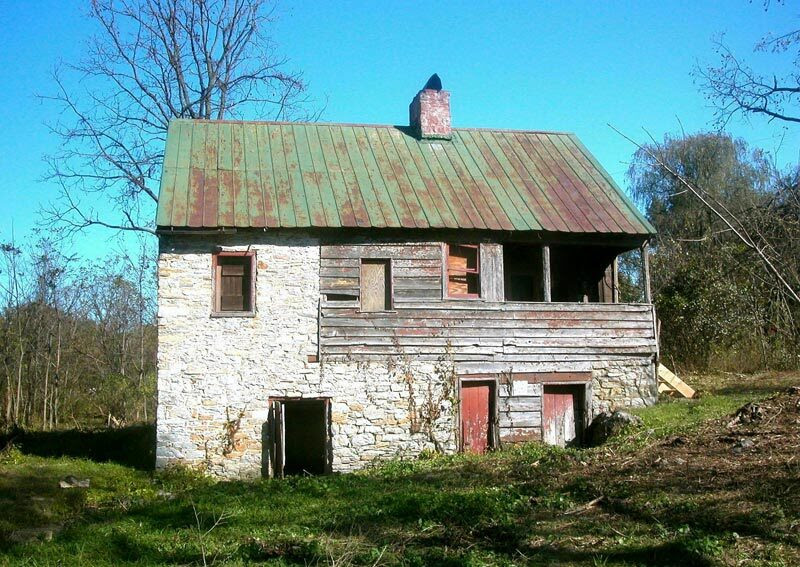 GENEALOGY- MY TELEPHONE POLE TREE BRANCH
GENEALOGY- MY TELEPHONE POLE TREE BRANCH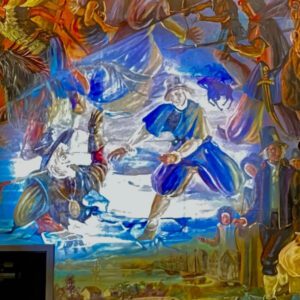 GENEALOGY- THE ANABAPTISTS AND BEHALT
GENEALOGY- THE ANABAPTISTS AND BEHALT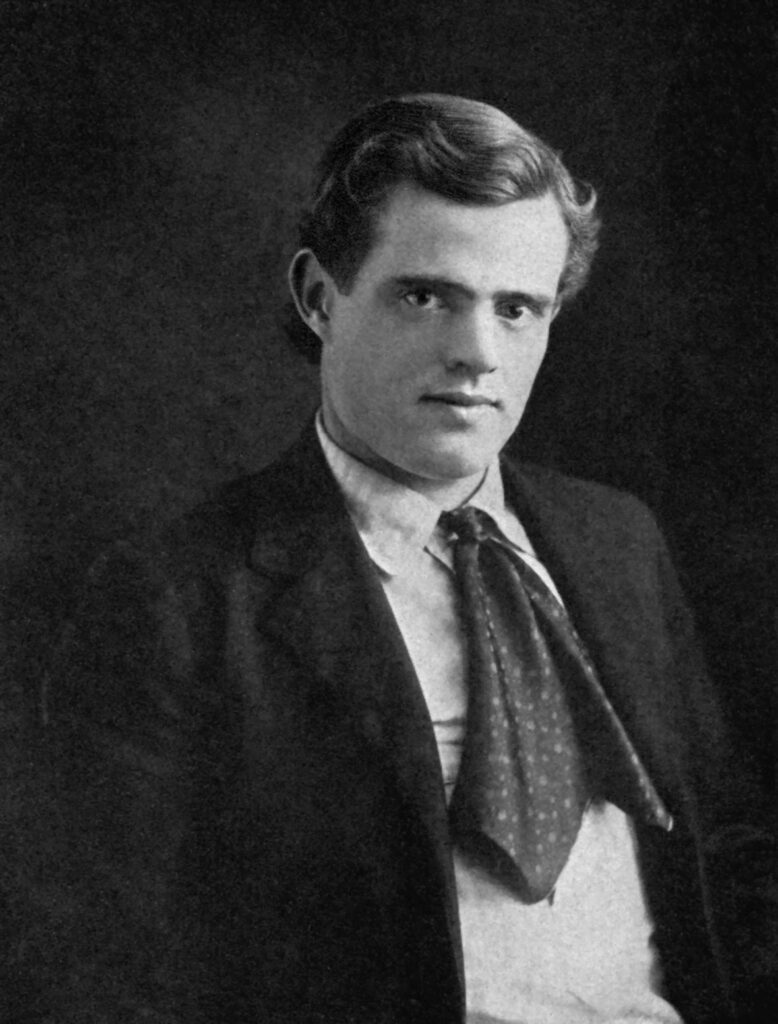 GENEALOGY- SO, WHAT’S THE REAL STORY- PART V
GENEALOGY- SO, WHAT’S THE REAL STORY- PART V GENEALOGY- MORE ABOUT BRECKENRIDGE
GENEALOGY- MORE ABOUT BRECKENRIDGE GENEALOGY- DUAL CITIZENSHIP AND OUR FIRST LADIES
GENEALOGY- DUAL CITIZENSHIP AND OUR FIRST LADIES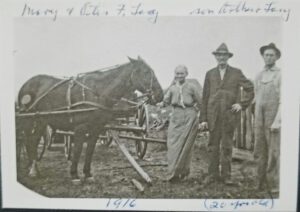 GENEALOGY- WHAT ABOUT YOUR DESCENDANTS KNOWING ABOUT YOUR ANCESTORS?
GENEALOGY- WHAT ABOUT YOUR DESCENDANTS KNOWING ABOUT YOUR ANCESTORS?